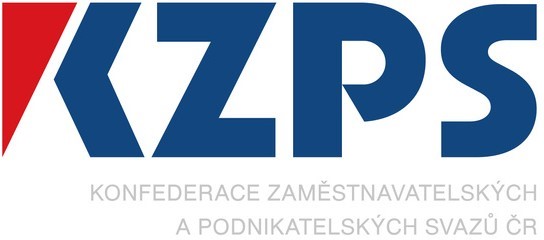Czech Business Today
EESC CORNER: POSTING DRIVERS: TWO YEARS WITH NEW RULES
The topic of posting drivers in road transport aroused great passion during the discussion of the European mobility package. The reason was that carriers from countries with lower costs, i.e. often from Eastern European countries, began to compete on price with carriers from Western Europe. Carriers from western EU countries have fought against low-cost competition by winning protectionist measures from domestic governments, which were subsequently to be covered by the mobility package presented by the European Commission in May 2017.
Drivers are highly mobile workers and often drive through several territories in a day, which complicates calculation of their pay when posted. For this reason, specific transport operations were defined as excluded from rules on posting, while cabotage and cross-trade operations are considered as posting. The special rules apply from 2 February 2022, with not all member countries implementing or fully implementing the rules to date.
Less than two years after the introduction of the rules into practice, there is an opportune time for their evaluation. It is therefore no coincidence that the current Belgian Presidency of the Council of the EU asked the European Economic and Social Committee (EESC) last year to assess the application of the rules in practice. The response to this call was the adoption of the EESC opinion in December last year, which contains a number of recommendations for the EU institutions. The recommendations were presented at high-level conference on road control organized by the Belgian presidency on 24 February and discussed with EU institutions and stakeholders at the event held on 4 April.
When a driver is posted, the calculation of his or her renumeration depends on the applicable national regulations. This also involves a number of administrative duties, changes to the range of documents present in the vehicle during the operation or changes to the range of data entered into recording devices. The aim is to ensure higher remuneration and better working conditions for drivers, if these are higher in the country of posting than in the country where their employer is established. But this presupposes that the carrier knows all applicable national provisions of the host country, i.e. not only the minimum wage, but also extensive regional or sectoral collective agreements, as well as the principles of equal pay or other components of remuneration. Member States are required to publish this information on national road transport websites. However, the information on the website is not always up-to-date. For this reason, the EESC pointed out that the published information must be up-to-date and ideally in all EU languages, so that carriers and their drivers can understand it.
The complex calculation of rewards is poses a challenge for carriers. Therefore, the EESC suggested developing a digital application to calculate the remuneration of posted drivers in real-time. It would aidcarriers with the calculation and simultaneously enhance enforcement efficiency. The private sector already offers such an application, available to carriers. The committee’s proposal primarily targeted the European Commission, urging to secure the application at the European level and provide it to carriers at an affordable price. With economies of scale in mind, having more users would reduce the price. The committee emphasized that digitization should be used as an accompanying tool for the application of the rules.
The EESC also recommended that Member States intensify their efforts towards fully digital paperless enforcement, including the introduction of the electronic consignment note and e-CMR, and the active use of the Internal Market Information System (IMI). IMI facilitate the exchange of information related to the report on the posting of a worker. According to the Commission’s information, the system is utilized and accepted by transport companies, but so far only 14 member states are actively engaged in it it. The committee called for a smooth transition to Generation 2, version 2, of Smart Tachograph. In this regard, it proposed harmonized exemptions at EU level considering the high costs for entrepreneurs and urged the European Commission and Member States to explore incentives and special training for the road transport sector to accelerate the deployment of the second generation smart tachograph.
A fundamental role in the application of the rules is played by the European Labor Authority (ELA), based in Bratislava, whose task is to ensure a coordinated interpretation of the package of measures and control methodology. In this context, the EESC called on the ELA to create an EU-wide single point of contact for national information on the implementation of the rules on the posting of drivers in national law in order to help the sector – which is mainly made up of small and medium-sized enterprises.
Last but not least, the EESC pointed out that the experience with the implementation of the package is relatively limited due to the weak enforcement of the rules during the covid-19 pandemic and the slow implementation of the rules by some member states. Therefore, in the opinion, the Committee called on the Member States to fully implement the provisions of the package of measures in the field of mobility and to ensure a uniform interpretation of the rules.

Source: Alena Mastantuono, EESC Member and EESC rapporteur for the opinion on posting of drivers
Also published on Komora+





